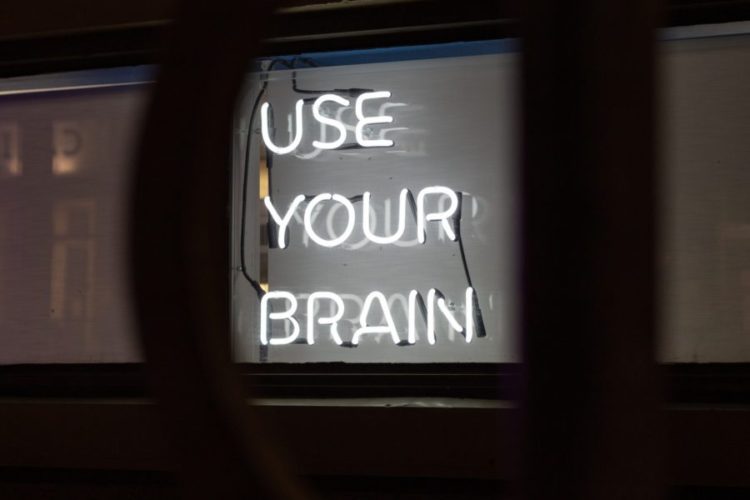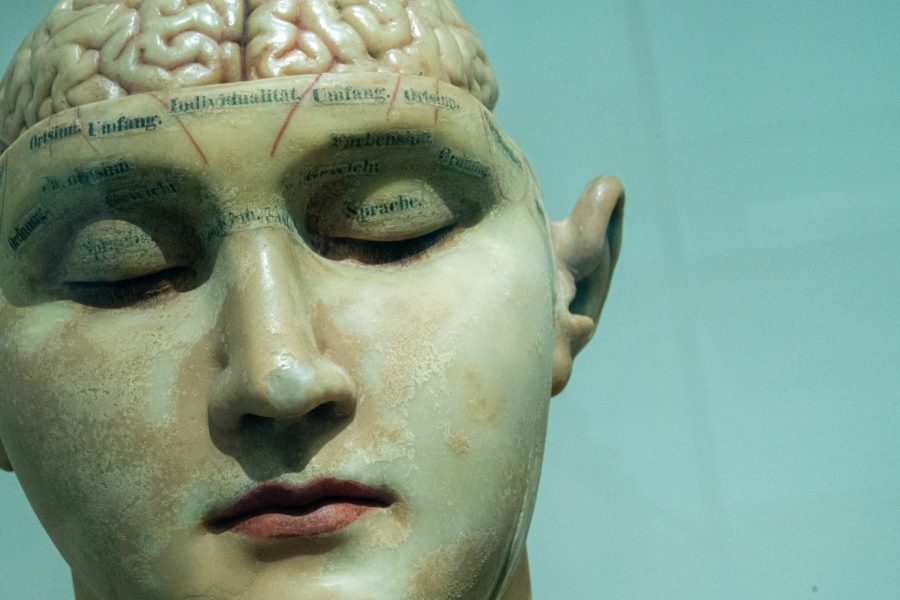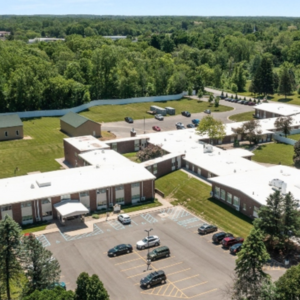What is Brainspotting? Innovations in Addiction Treatment
Brainspotting is a brain-based psychotherapy approach that uses the field of vision to find where a person is holding, not only trauma, but any negative experience in their brain. We say with Brainspotting, where you look is how you feel…
Brainspotting developer, David Grand, Ph.D.
What is Brainspotting?
The optic nerve connects and transmits visual information from the eye to the mid-brain. And the mid-brain is the primary message center for safety and orienting in our environment. In Brainspotting, the therapist may use a pointer that scans a person’s field of vision. Or they may simply watch a person’s natural gaze to find where the activation, disturbance, or unprocessed material is held in the body. Once the specific eye position that is associated with the disturbance is found, the therapist simply supports the client as their brain does the work to process and re-organize itself around the memory. In this process, the client-therapist relationship is key.
The foundation for effective Brainspotting, is a therapist who is dually attuned, relationally and neurobiologically, to their client.
Jenny Selent, MA, LMFT, Sanford Director of Business & Program Development
Brainspotting – Innovations in Addiction Treatment
We sat down with Sanford Director of Business & Program Development, Jenny Selent, to talk about Brainspotting, and how it fits in with addiction treatment and Sanford treatment practices.
SH – How did you hear about Brainspotting?
Jenny Selent – I worked at a residential treatment center for teens. Many of our clients had co-occurring disorders, such as trauma, depression, and attachment issues. We found that teens with attachment based trauma early in life, had the longest length of stay in residential treatment. We researched trauma-focused treatment models to find quicker relief and healing for these individuals. And we came upon Brainspotting.
SH – How does Brainspotting translate to adults and the treatment of substance use disorders (SUDs) at Sanford?
Jenny Selent – First, I think there is a stigma. That once you hit a certain age, you cannot change as much. The brain is less plastic as we age, but I believe we can affect relief from early trauma and change behavior patterns at any age.
Next, substance use and addiction are often the symptom of something underlying. But addiction may be the thing that finally brings a person into treatment. Because co-occurring issues can be so long-lived, it takes losing control or the ill effects of addiction to bring a person to get help. But the underlying issues must be addressed in order to support recovery. And simply put, Brainspotting can make recovery easier for individuals.

SH – How does it make recovery easier for those with SUDs?
Jenny Selent – Traumatic stress can create automatic responses to triggers such as fear, feelings of inadequacy, and anger. Our brain goes there immediately, and because the response comes from an automatic place in our brain, it can leave one feeling out of control. We want to give individuals time to rewire a longer message to the brain. Let the brain slow down, pull in other influences, facts, and information to create meaning. We want individuals to respond to all the stimuli, not react. And Brainspotting helps do this.
As to the treatment of substance use disorders:
- Brainspotting can be used to treat trauma, anxiety, depression, and a host of other mental health difficulties. But it can also be effective in making people more productive or creative – removing obstacles. And we can target the triggers that are associated with substance use and reduce the strength of the response. We can build resilience!
- SUDs are often the result of self-medicating OCD, depression, anxiety disorders, etc. And Brainspotting can reduce the symptoms of underlying disorders.
- In treatment and early recovery, our clients learn many new coping skills. But many obstacles, like fear of failure, might cause someone new to recovery to not access those skills. Brainspotting can strengthen the ability to use new skills successfully. Brainspotting can improve performance around pro-recovery skill use.
- In 2020 and beyond, we are all looking for efficiency and relief. And in a short period of time we can relieve symptoms and build resilience using Brainspotting.
- And last, but certainly not least, Brainspotting can be used along with any other therapeutic approach. CBT, DBT, I’ve used it with equine therapy. It enhances other therapeutic tools and approaches.
Developer, David Grand, explains Brainspotting:




